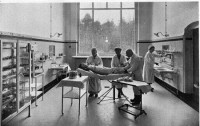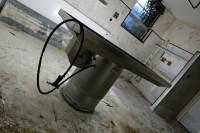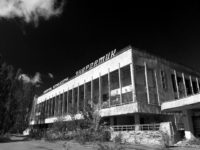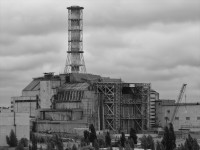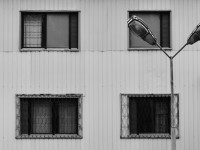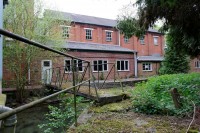
Hidden behind the sleepy village of the same name, Krampnitz was originally built for the German cavalry and later used the Soviet army for pretty much the same thing. Today it’s a vast complex of trashed barracks, overgrown parade grounds, and rusting machinery, but it also presents some photogenic secrets for those inclined to keep digging.
